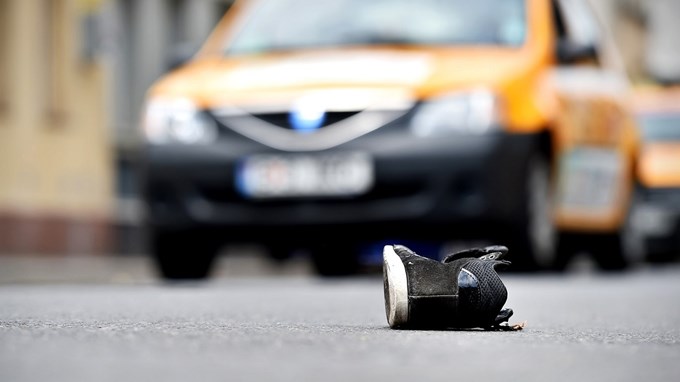Auckland Transport is totally committed to making our roads safer, for everyone.
Shortly, we will soon be consulting on a region-wide bylaw, which could see speed limits reduced in the city centre, other town centres, and in some rural areas by June 2019.
I would urge all Aucklanders, and indeed anyone with an interest in safety or transport in the region, to have their say.
Quite simply our rapidly deteriorating road safety situation is unacceptable. Over 800 people died or were seriously injured on the region’s roads in 2017 alone. Behind every one of those statistics, is a son, daughter, mother, father, friend, or other members of your family and our wider community.
There are lots of things we could do, which have long lead times, to make Auckland’s roads safer – in the meantime, more people will be seriously injured or die. For the Board of Auckland Transport and for me as the CEO, this is something we cannot countenance. In May 2018, when we consulted on the priorities in our Regional Land Transport Plan, 18,000 Aucklanders told us they wholeheartedly agree – more people dying, or being seriously injured, on our roads is not something they want for a city which is aspiring to be great.

If you want the best for our region then one of the quickest and most effective ways to reduce the tragedies on our roads is to reduce speeds to make them 'survivable'. Survivable speeds are speeds at which a person walking or, on a cycle is likely to survive a direct impact crash.
If you are directly hit by a vehicle travelling at 30km/h, the probability of death is around 10 per cent. If you are hit directly at 40km/h, the probability of death jumps to 32 per cent and if directly hit at 50km/h, the probability of death goes up to 80 per cent.

Is it so unreasonable that we begin our road safety programme by reducing the maximum speed to 30km/h in the city centre and town centres where high numbers of people are walking and cycling?
For us, the city centre is the obvious place to extend the approach that is already achieving great outcomes in Ponsonby, the Wynyard Quarter and Queen Street where speeds have already been reduced.
In the last decade, the city centre has changed dramatically with huge investment in public spaces for the burgeoning population that call it home. More and more people are choosing apartment living, including those with young families. The city centre is no longer just a place that people come to for work, but instead a place where people live and socialise.
Between 2013 and 2018 there have been 92 fatal and serious crashes in the city centre. An additional 465 crashes left people with minor injuries. We have an opportunity to reduce these numbers by lowering speeds to 30km/h.
The way people travel around, and through, the city centre has also changed. Like me, more people walk in the city centre, and walking trips have increased by 34 per cent since 2012. More people are also riding bikes and scooters as our network of protected cycling infrastructure grows.
These people, outside of vehicles, are the most at risk.
We are hearing that people are concerned about journey times. We appreciate that during peak times, you’re unlikely to travel much more than 30km/h anyway. But we still see people speeding up significantly to get to the next set of traffic signals, only to have to slow down quickly from 50km/h. This is where the risk is. And we can no longer sit by as our loved ones risk being seriously injured or killed, especially when the effect on journey times is likely to be negligible.
Conceptually, many people may find it difficult to understand why our proposal calls for a reduction in maximum speed on Nelson and Hobson Streets. As feeder streets on and off the motorway network, they don’t look like streets that should be slowed down. There are views that these roads should be the exceptions to the 30km/hr zone. The counterview is that these are two of the most densely populated streets in the country and the people who live here have a right to be safe on their streets too.
Besides the reality of travel times belies the perception; our monitoring shows that the average speed on key arterials or feeder streets in the city centre is only 19km/h. We can mitigate almost all of the small travel time impacts through traffic signal optimisation.
It’s time to make our streets safer for all Aucklanders, your whānau, your friends, your children and your colleagues, no matter how they choose to travel.


